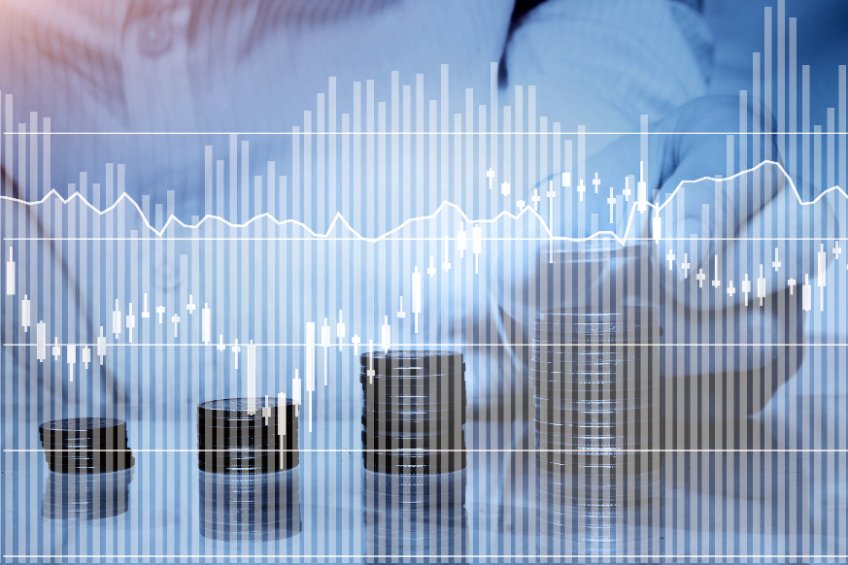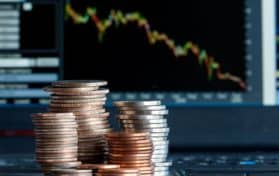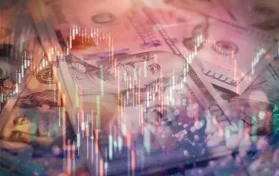
Refinitiv economists had predicted that inflation would be 8.8 percent with wholesale inflation – a driving force in the price of goods – would come in at 10.7 percent for the month of June. On Thursday, the Labor Department said that the Producer Price Index (PPI) had reached a rate of 11.3 percent while the CPI was 9.1 percent.
These PPI figures show that wholesale prices grew by 11 percent and 0.8 percent between May 31 and June 30.
Core inflation, which doesn’t include the price of energy and grocery items, have increased by 0.3 percent for the month. In May and April, core inflation rose by 0.4 percent. However, when measuring between June 2021 and June 2022, core inflation has risen by 6.4 percent.
While prices on everything from fuel to food to home energy are rising, the rate at which they are rising appears to be slowing. Economists say this could indicate that consumer prices are about to level off.
Peter Essele, Commonwealth Financial Network’s head of portfolio management, says, “It’s clear that food and energy are driving PPI higher. When removing these volatile components, PPI appears to have peaked and is starting to roll over.” Essele says this is an indication that the economy is headed into “late-cycle territory.”
Some financial experts refer to this as the stage just prior to a recession.
Prices for all goods rose by 2.4 percent in June, a rise occurring each month for the last six months. The Labor Department broke down the reasons behind the surge – a ten percent surge for “final demand energy” and an 18 percent increase in gas prices. Services – a sector that includes warehousing services as well as transportation – is responsible for more than 66 percent of the rise in the costs of the industry.
Yesterday’s Labor Department report showed the fastest growth in the inflation rate since December 1981.
To add insult to the injury of the American consumer wallet, at the upcoming meeting of the Federal Reserve in July, some economists are predicting a full one percent interest rate hike. This follows multiple rate hikes ranging from one quarter of a point to three quarters of a point.
So, where are Americans seeing prices rise the fastest? Energy is up by 7.5 percent in the month of June alone. When compared to June 2021, energy is up by 41.6 percent. Most people are seeing their utility bills go up significantly. To make things worse, June was unseasonably hot.
Those who utilize fuel oil for home energy have seen the price rise by 98.5 percent in the last year.
Gas is up by just under 60 percent in a year-over-year comparison. The national average price of a gallon of gas was $4.63 on Wednesday, says AAA. In June 2021, the national average price was $3.41.
Food prices have risen by just over ten percent since this time last year; they rose by one percent from May 31 to June 30 of this year.
Poultry is up by 1.5 percent in June; dairy and related products are 1.4 percent. Cereal is up by 2.5 percent for the month.
Americans looking to do some auto shopping are still seeing record prices for both new and used vehicles. Used vehicles are up by 7.1 percent for the year while the price of new car is up by nearly 13 percent. When it seemed that the price of used vehicles were about to moderate in April and May, prices rose by 2.2 percent in June.
One troubling piece of data has to do with the price of housing. The cost of shelter, whether one rents or has a mortgage, has gone up significantly since last year. Rent costs went up by 0.8 percent. Joe Brusuelas, RSM chief economist, noted that housing costs are up by 7.3 percent, which is about the 5.9 core inflation rate. Bursuelas says that the surge in shelter costs could “force the Federal Reserve to move interest rates into restrictive territory – and keep it there.”





